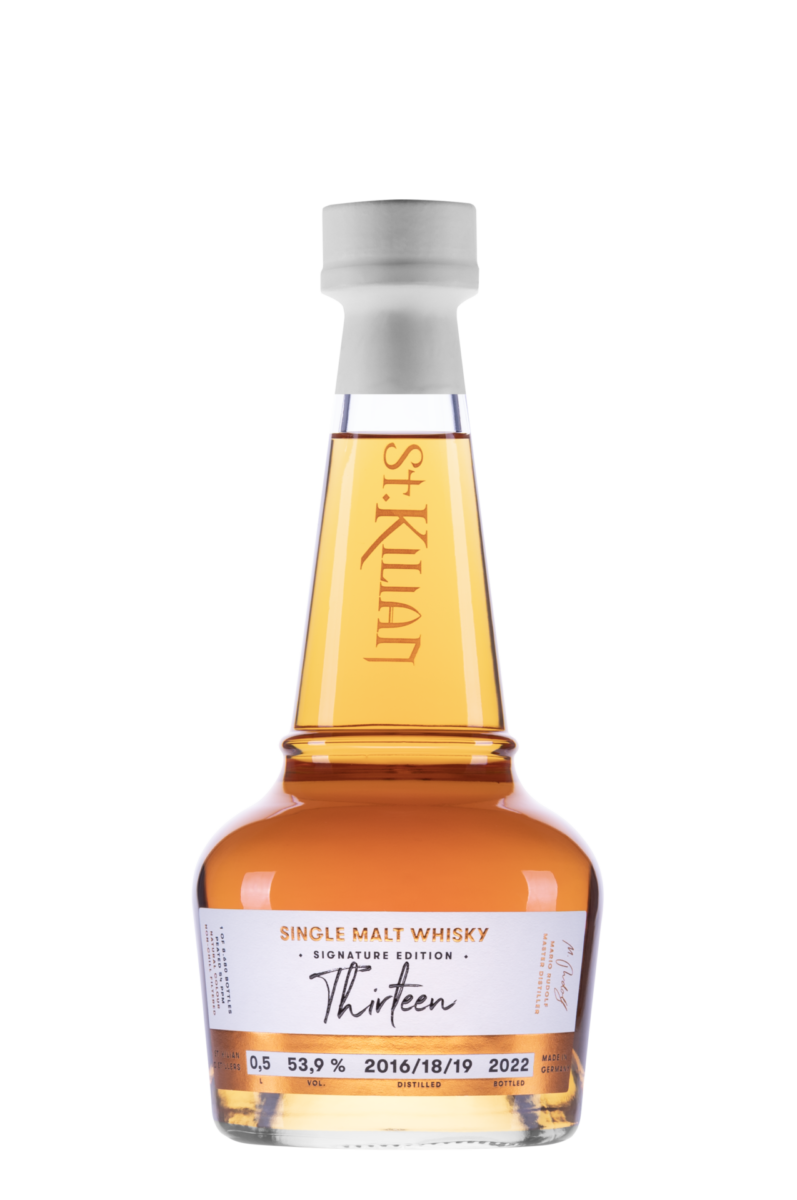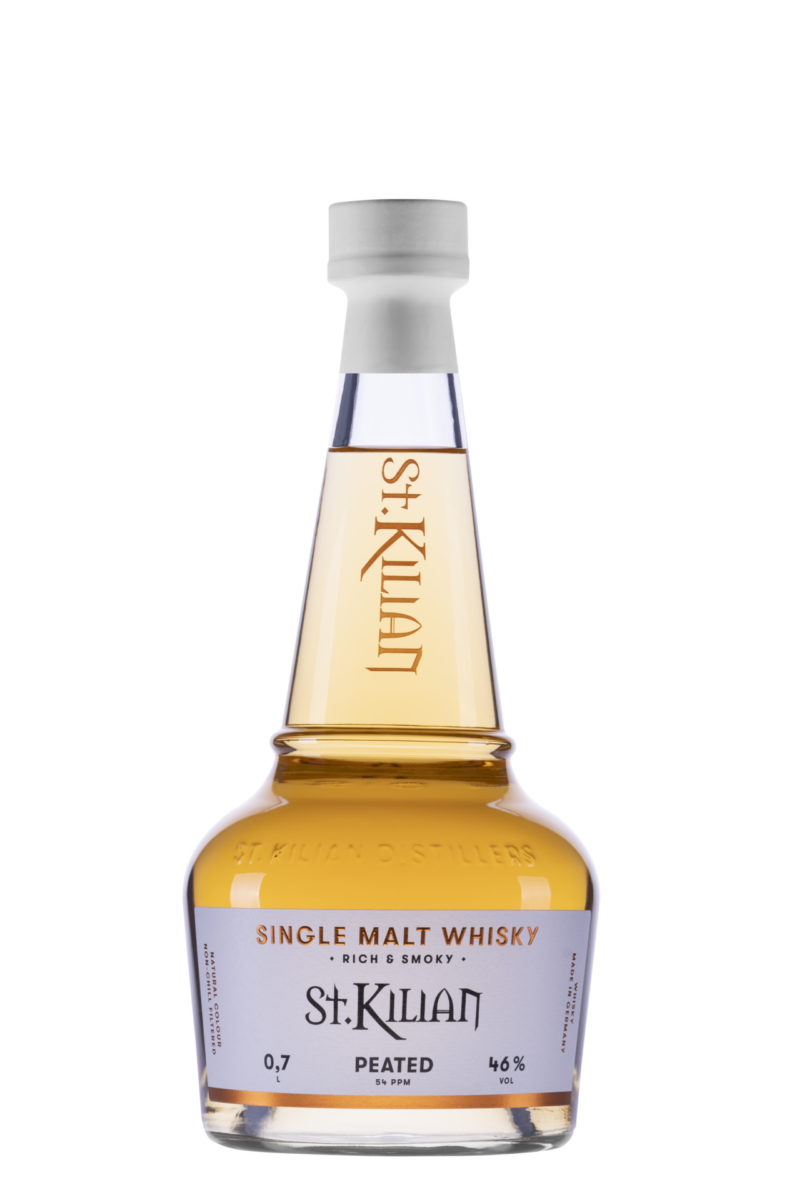It was a surprisingly warm and sunny weekend for February. It was also a perfect opportunity for a few friends to get together and exchange a few drams. Some were already open. Others had been waiting for just this kind of evening.
We had 13 whiskies on offer and the hardest decision was where to start and where to stop? What did we have displayed to explore?
- Raasay 46.4% – New kid on the Hebridean Island block…..
- Ziegler’s Aureum 7-year Single Malt (2008 – 2015) Chateau Lafite Rothschild 47% – A flood of memories of a remarkable 2020 weekend spent at the distillery with the Sharing Angels
- Ireland’s West Cork Calvados Cask Finish 43% – A complete contrast from the sociable dram anticipated
- Chorlton’s Glentaucher’s 14-year refill sherry butt 61.1% – An elegant fruity compote, opened especially for the evening to contrast and compare with the 8 year
- Chorlton’s Glentaucher’s 8-year first-fill sherry hogshead 61.2% – By far the star of the night
- North Star’s Super Sonic Mach 3 Sherry Blended Malt – Perfectly paired with chocolate
- Amrut’s Port Pipe Peated 48% – Quite nice to revisit, silky smooth balancing peat and port
- Gordon & MacPhail’s Discovery Glenrothes 43% – Enjoyed by some
- Paul John’s Christmas Edition 2021 46% – Held its own
- Kamet 42.8% – Too unusual for my tasting companions to ignore…
- Chorlton’s Staoisha 59.9% – Ashy peat, not for the fainthearted
- Indri Trini 46% – Not sampled that evening
- MacTalla Terra 46% – Also not sampled that evening
- Ireland’s Currach Seaweed Cask 46% – Reserved for another time!
We chose to begin with the youngest and most recently opened distillery from the Hebridean Island distillery Raasay… Their aim is to produce a lightly peated whisky with rich flavourts. This was my first sample of the “real” Raasay as my earlier brush was a “pre” offering in their intended style “While we wait.”
We thought this would be a light dram to whet our appetite for more… what we discovered was a bit different!
Raasay Single Malt 46.4%
- Nose – Fresh, young and vibrant, malty and maritime, slight smoke, more herbal than floral or fruity, after time a whiff of smoked meats
- Palate – Surprisingly peaty – much more pronounced than anticipated, and yet not a “heavy” peat, the herbal quality follows through, with some bitter tannins, nuts, and quite autumnal
- Finish – Cinnamon fading into a faintly bitter finish
- Water – Initially didn’t think would be needed, but worth trying. For me, it became sweeter with a mineral or granite element
- Revisit – Much later, I revisited the empty glass, the aromas were ashy, a bit like the remaining long-forgotten antique kitchen fireplace, from generations before
The thing about whiskies, slowing down to discern different aromas are the memories a smell triggers. For me, the hint of smoked meats took me back to Montreal. The palate overall was smooth and pleasant.
What more do we know? Their aim?
Our flagship Isle of Raasay Single Malt Whisky, 46.4% ABV, natural colour, non-chill filtered.
Lightly peated with rich dark fruit flavours.
We set out to emulate some older styles of Hebridean single malt whiskies, with subtle, fragrant smokiness balanced with dark fruit flavours.
It was matured in six different casks – this is what they have to say:
Two Isle of Raasay spirits – peated and unpeated – are matured separately in first fill Rye whiskey, fresh Chinkapin oak and first fill Bordeaux red wine casks. These six recipe casks marry together to create the perfect dram with real elegance, complexity and depth of character.
With this knowledge, we could see where the tannins came from, however elegant? Complex? And dark fruits? Not in what we found, however, it was an interesting start!
Next up? A revisit of a former friend – Aureum – which is unfortunately no more. What did we think?
Ziegler’s Aureum 7-year Single Malt (2008 – 2015) Chateau Lafite Rothschild 47%
- Colour – Gold
- Nose – Welcome! These are the kinds of aromas that explain why we were so captivated by Aureum. Sweet chestnuts, green and fresh, fruity… then deepens into chocolate, sweet vanilla custard then green apple, then a dessert feast of apple pie with vanilla ice cream!
- Palate – First sip was a bit odd, then once calibrated to the unique style of Aureum with its use of chestnut wood, we found it to be smooth, sweet… getting sweeter with each sip!
- Finish – Lingers with more sweet wood
Overall it was a clear reminder that this was once a distinctive distillery producing unique drams – aiming for craft and quality. I can only repeat that it is such a pity that Ziegler abandoned their decade-long foray into such single malts to go down the Freud route.
We then moved on to Ireland, to discover Ireland’s West Cork was nothing like the sociable dram we anticipated….
West Cork Calvados Cask Finish 43%
- Colour – Light straw
- Nose – No mistaking there is Calvados involved here! It reminded me of the kind of juice we used to make from our garden apples – pulp and seeds and all would go in. Then it shifted to something that could best be described as fresh-pressed coffee
- Palate – We found it a bit “pushy” at first. Young, a bit brash, and curiously unfinished, dry and bitter with a hint of nuts of some kind
- Finish – Limited, what there was we found bitter, like chewing an espresso bean
- Water – We hoped it might bring out some other element – instead just kicked up the spice
Overall this didn’t attract new fans. Now I’ve had a few mighty fine whiskies with Calvados finish. Mackmyra Äppelblom 46.1% and Rampur’s Jugalbandi come to mind… The folks over at West Cork don’t try to over-sell this as a complex dram, instead, point imbibers in the direction of cocktails – a ginger mule to be more precise.
I then steered us towards a pair of Chorlton‘s – a contrast and comparison of two Glentauchers. Both sherry casks, both lovely just in different ways – both deserving their own posts – just check out Glentauchers 8 year and Glentauchers 14 year! We then cracked open some exceptional chocolates – what a fabulous pairing!
That is where our journeys diverged. For me, I thought to continue the chocolate pairing and thought to revisit the Super Sonic Sherry Blend and the Amrut Port Pipe Peated. Whereas others explored the Amrut, Indri, Kamet, and Staoisha. Overall it was simply a lovely evening and a nice way to keep at bay the dull dreary February blues!
If you don’t want to miss a post, why not follow Whisky Lady on:
- WordPress https://whiskylady.co/
- FaceBook Whisky Lady India – https://www.facebook.com/WhiskyLadyIN






























 So what goes into creating an expression like this? The folks at St. Kilian shared that their Classic is a combination of different ex-bourbon casks (70%) and Pedro Ximénez and Oloroso sherry casks (30%).
So what goes into creating an expression like this? The folks at St. Kilian shared that their Classic is a combination of different ex-bourbon casks (70%) and Pedro Ximénez and Oloroso sherry casks (30%).




